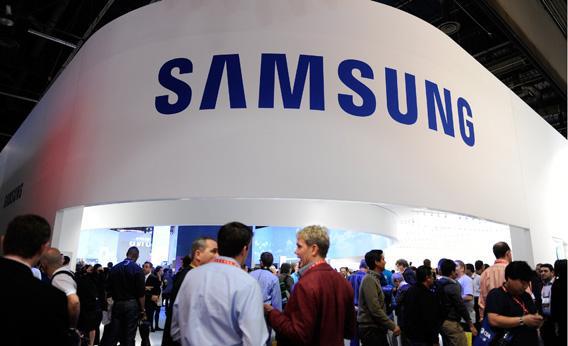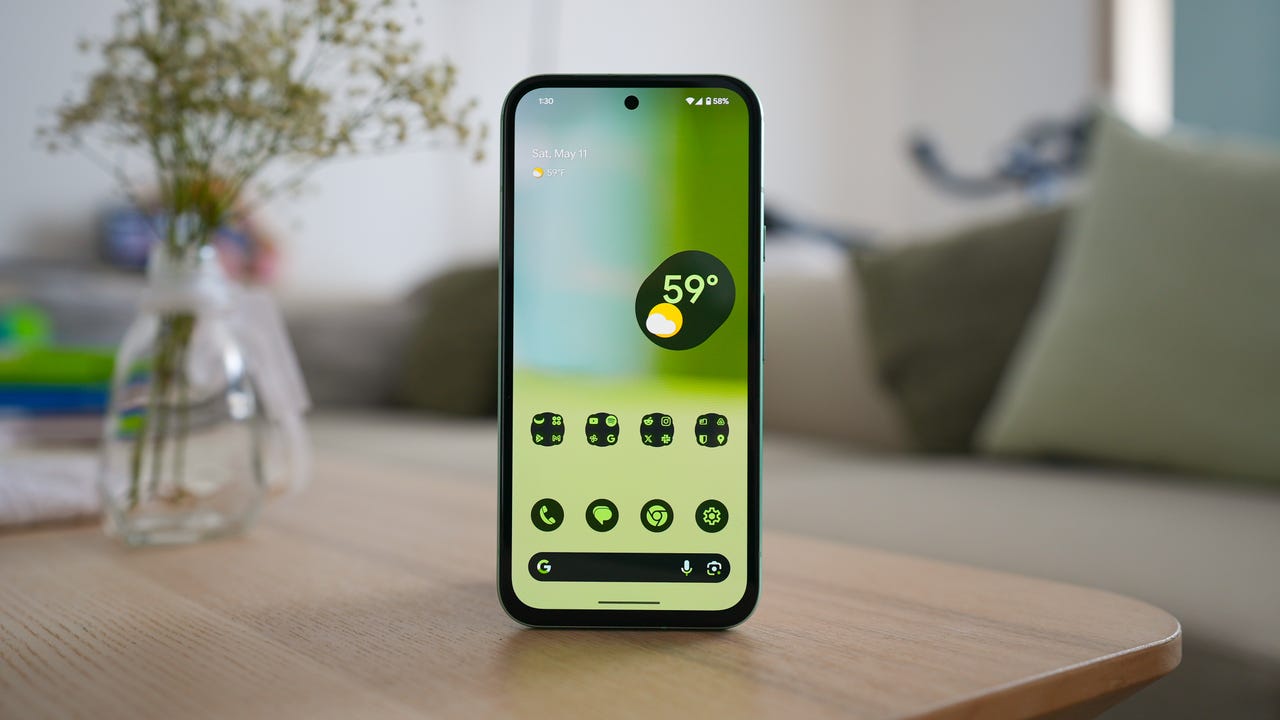Samsung has recently sent a shockwave through its community of loyal Galaxy users with a decision that could leave millions of its flagship device owners at a distinct disadvantage. The tech giant’s recent announcement about security updates and the long-awaited Android 15 rollout has left many wondering whether the brand’s promises of timely updates and device longevity are, in fact, being upheld. In the ever-evolving world of smartphones, where security is as crucial as performance, Samsung’s choices are raising eyebrows, particularly for those who have invested in the Galaxy S24, S23, and S22 devices.
Here's ads banner inside a post

A Security Wake-Up Call for All Users
Samsung’s security alert, highlighting the rising global cost of cybercrime, couldn’t have come at a more precarious time. The company has underscored the importance of using devices that benefit from a robust ecosystem of protective measures, which include frequent and timely security updates. Given this, it seems odd that Samsung has simultaneously made a decision that may leave many of its loyal customers vulnerable to the very threats the company warns about.

Here's ads banner inside a post
With cybercrime expected to surge in the next four years, Samsung’s commitment to user protection appears to have been overshadowed by an internal dilemma that has caused frustration for owners of its flagship devices. The company’s security-focused Cyber Threat Intelligence (CTI) task force, a secretive unit within Samsung’s Project Infinity, had been lauded for its proactive approach to combatting cyber threats. However, this unit’s valiant efforts to defend devices from “real-world dangers” have been undermined by the delayed rollout of Android 15, an update critical for further enhancing security on Galaxy devices.

Android 15 Delays—A Bitter Pill for Flagship Owners
The highly anticipated Android 15 update is supposed to bring vital security improvements, including enhanced theft protection, network defense, and real-time threat detection powered by artificial intelligence. These features are already benefiting owners of Pixel devices and are being rapidly rolled out by Samsung’s competitors in China. Yet, Samsung’s own deployment of Android 15 has been marred by consistent delays, leaving Galaxy S24, S23, and S22 owners wondering when—if at all—they will receive these much-needed enhancements.
Here's ads banner inside a post

While users of the Galaxy S24 might see the beta version of Android 15 as soon as next month, depending on their country, the update timetable for S23 and S22 owners is far more uncertain. Worse still, those who invested in older models like the S21 may find themselves completely left out of the Android 15 rollout altogether. To add insult to injury, the stable release of Android 15 isn’t expected until next year, coinciding with the launch of the Galaxy S25.

Galaxy S24 Owners Left Behind
It’s hard to imagine a worse scenario for users who have just spent $1500 or more on the Galaxy S24, expecting to get the latest and greatest features that come with a flagship device. However, these owners now find themselves at the back of the line when it comes to receiving Android 15, which has already been rolled out for many devices. The frustration is palpable: spending top dollar on a phone that’s already outdated in terms of software updates is hardly the experience customers expect from a tech giant like Samsung.

But Samsung isn’t offering a better situation for S23 and S22 users either. The company has made it clear that its latest update, One UI 7, will be exclusively available on the S25 family of devices, and that no other devices will receive it before the S25 arrives. For users who may have just upgraded to the Galaxy S23 or S22, this news is particularly disappointing, as it suggests that they could be locked out of major features and updates for the foreseeable future.

The One UI 7 Conundrum
For Samsung’s flagship users, the situation is even more frustrating considering the promises the company has made regarding software support. One UI 7, the latest version of Samsung’s custom Android interface, is set to be a major update. Yet, only the Galaxy S25 lineup will be able to access it immediately, with no clear timetable for when other models will be able to enjoy the upgrade.

The implications of this decision go beyond just a minor inconvenience; for many users, it means missing out on important security patches and enhancements that could make a significant difference in their device’s safety. As cybersecurity threats continue to evolve, staying up to date with the latest software is more important than ever, and Samsung’s delayed rollout puts millions of its users in a precarious position.
The Global Impact and Samsung’s Struggle to Compete
Samsung’s inability to keep pace with its competitors in China is becoming an increasingly visible issue. As Google makes strides with its Android 15 updates, and companies like Xiaomi and OnePlus push forward with stable versions of the operating system, Samsung is falling behind. Even China’s largest tech companies have made swift progress in issuing stable Android 15 updates, while Samsung, despite its flagship status, lags significantly.
The impact of this delay is not just felt by Samsung’s loyal customers but by the company’s standing in the global smartphone market. As more and more users opt for devices from brands that prioritize timely updates and enhanced security features, Samsung risks losing its edge in an increasingly competitive space.
Samsung’s Secretive Cybersecurity Task Force
Amid the turmoil surrounding its software updates, Samsung’s cybersecurity efforts are more important than ever. The company’s CTI task force, a covert group within its Project Infinity initiative, has been instrumental in identifying and defending against real-world threats. This group goes beyond testing in lab conditions and proactively works to identify vulnerabilities in devices, taking measures to fortify them against emerging threats.

However, Samsung’s decision to delay updates for older devices raises the question of whether its cybersecurity initiatives are truly aligned with the needs of its users. While the CTI team works diligently in the background to thwart cyber threats, the lack of timely updates leaves a significant gap in the protection available to Galaxy users.
What’s Next for Samsung Users?
As Samsung continues to navigate the challenges of a rapidly evolving smartphone market, its loyal customers are left with a difficult choice. For those who own Galaxy S24, S23, or S22 devices, the delay in receiving Android 15 could mean dealing with vulnerabilities and security risks that could otherwise be mitigated with a more timely update. Samsung’s decision to prioritize the S25 lineup for its software updates raises questions about the company’s commitment to its customers, especially those who have invested heavily in its flagship devices.

While Samsung’s cybersecurity efforts are commendable, the company must take a long, hard look at how it handles software updates for older devices. As the global cost of cybercrime continues to rise, it is critical that Samsung ensures all of its users—whether they own the latest flagship or an older model—are protected with the latest security patches and features.
For now, Samsung users can only wait and hope that the company reconsiders its approach to software support and cybersecurity, as the current situation leaves millions of its most loyal customers in the lurch.

